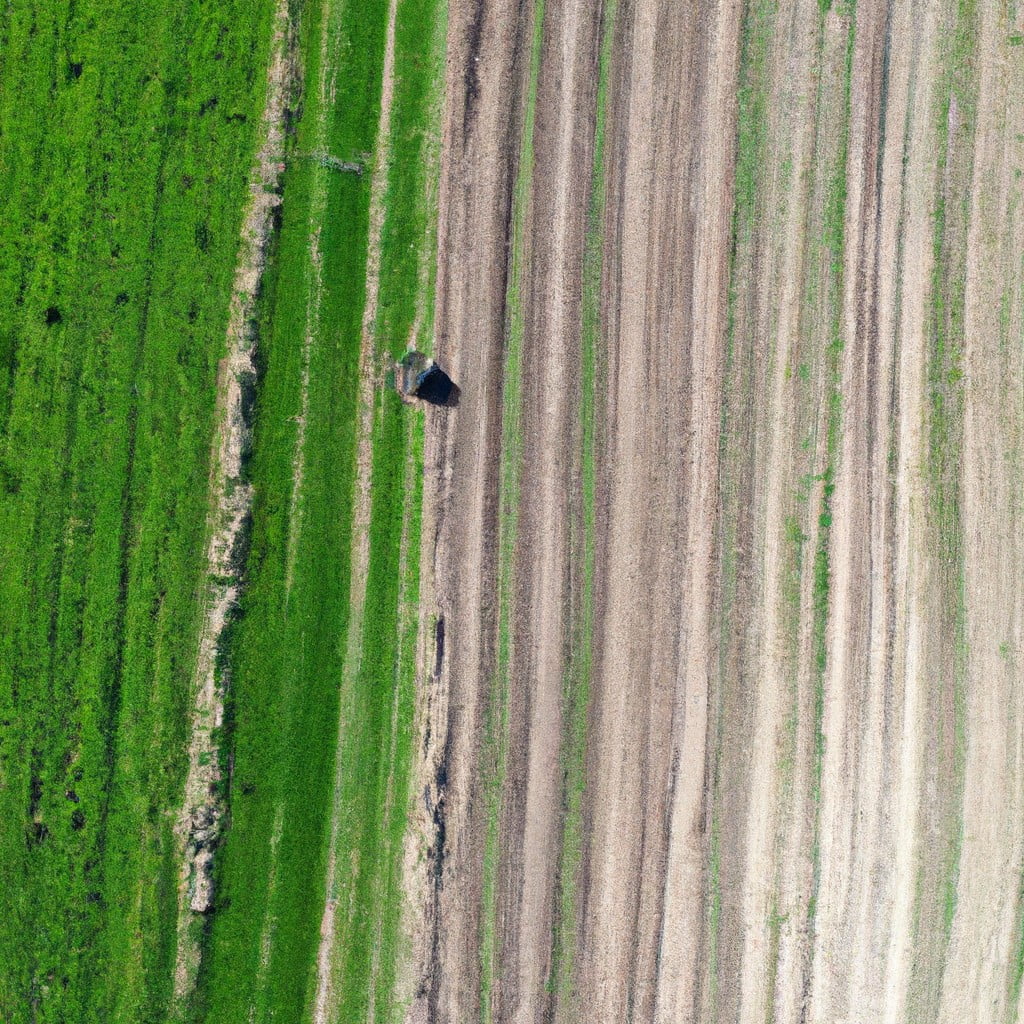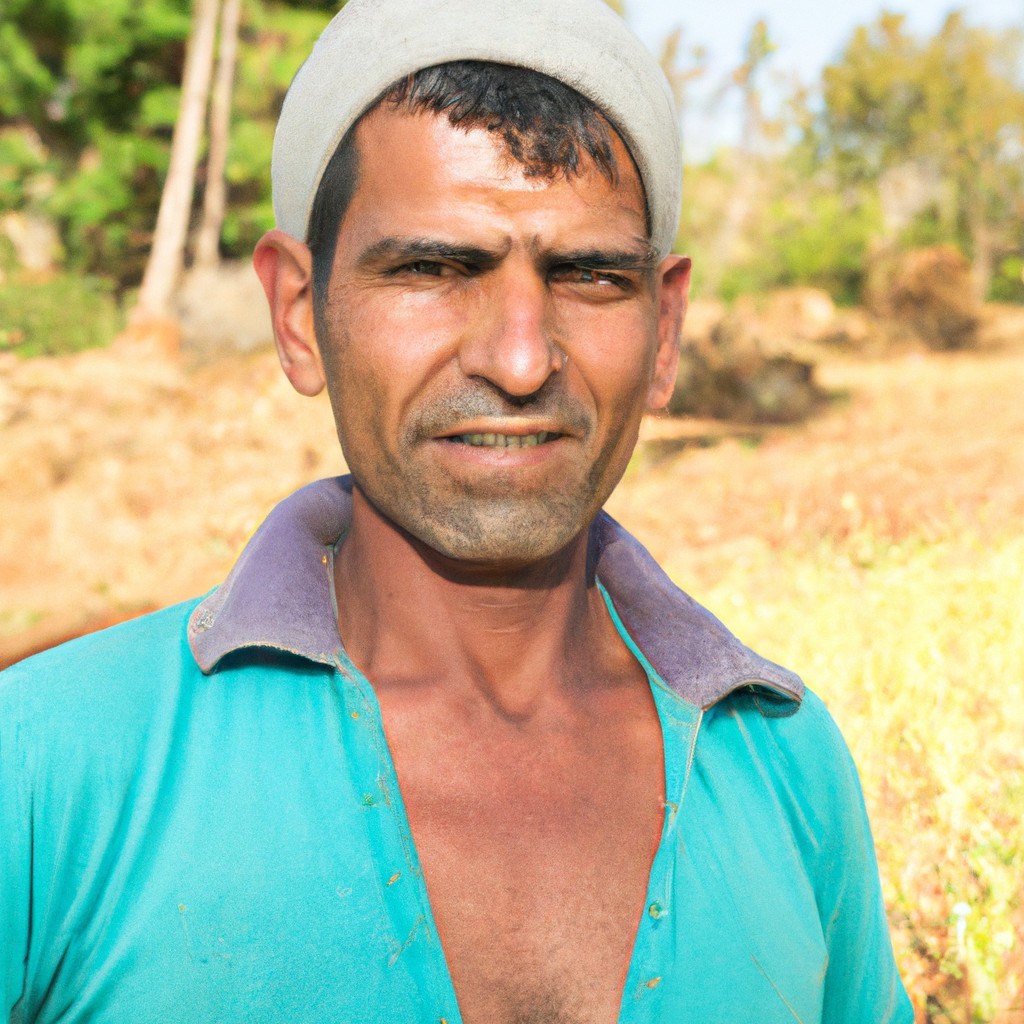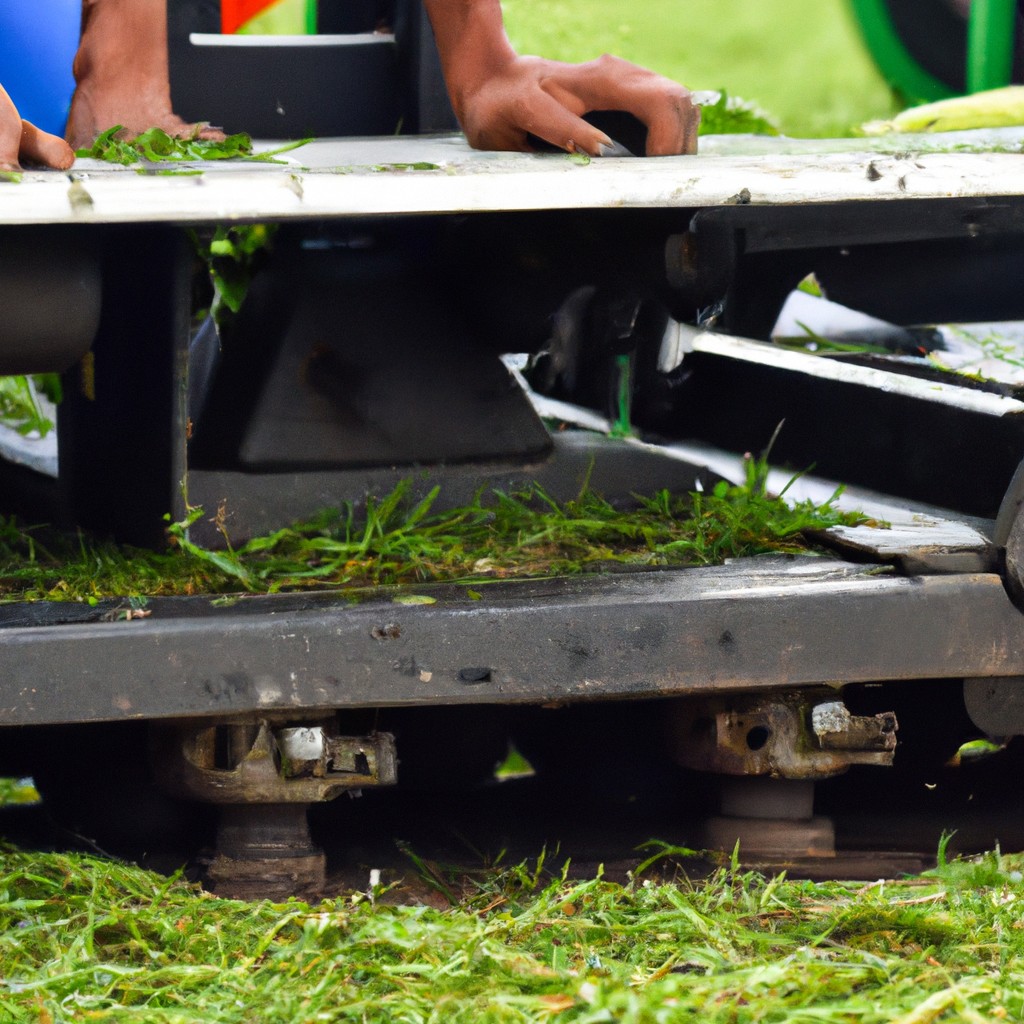Precision agriculture, employing advanced technology and data analysis, holds the potential to revolutionize farming practices by optimizing resource use and enhancing environmental sustainability.
Precision agriculture, through its innovative technology and data-driven decision-making, holds immense potential for environmental conservation. By optimizing the use of resources, reducing waste, and improving soil health, precision agriculture can significantly mitigate environmental impacts.
This article delves into how precision farming techniques, such as GPS guided machinery, soil mapping, and remote sensing, can promote sustainable agriculture and contribute to environmental preservation.
If you’re interested in understanding the intersection of technology, farming, and environmental sustainability, this article will provide you with comprehensive insights.
Key takeaways:
- Precision agriculture optimizes resource use and enhances environmental sustainability.
- Precision farming techniques reduce waste and improve soil health.
- Precision agriculture goals include optimizing resource use, minimizing waste, and maintaining soil health.
- Precision agriculture benefits farmers, communities, and the environment.
- Smart farming technologies reduce environmental footprint.
Look Inside:
Understanding Precision Agriculture and Its Impact On Environment

Precision agriculture makes use of advanced technology to collect detailed information about field conditions, crop growth, and environmental factors. This data-driven approach improves agronomic practices by enabling farmers to apply inputs such as water, fertilizers, and herbicides in a precise manner, only when and where they are needed.
Consequently, it minimizes excessive use and wastage of resources leading to reduced pollution from agricultural runoff. Moreover, precision agriculture can improve soil health by promoting practices such as targeted fertilization and selective tillage which reduces soil erosion and enhances biodiversity.
Thus, the precision agriculture approach plays a significant role in mitigating the negative environmental impacts often associated with traditional farming practices.
Main Environmental Goals of Precision Agriculture
The key objectives for environmental sustainability in precision farming revolve around optimizing resource use, minimizing waste, and maintaining soil health.
By managing field variability through technology, farmers can use water, fertilizers, and pesticides more efficiently, reducing both cost and environmental impact.
Furthermore, precision agriculture’s focus on field mapping and soil sampling aids in sustaining soil health.
This, in turn, improves crop yield while reducing soil erosion and nutrient runoff, which could lead to water pollution.
Lastly, by integrating renewable energy sources such as solar and wind power, precision agriculture aims to reduce carbon emissions, contributing to efforts against global warming.
Environmental Benefits of Precision Agriculture for Farmers and Other Stakeholders
Precision agriculture gives farmers the ability to apply resources—such as water, soil nutrients, and pesticides—only where they’re needed, reducing the overall usage. The need for such resources decreases when using targeted applications, diminishing the overall cost and reducing the environmental impact. This approach avoids oversupply or undersupply of resources, mitigating the harmful impacts of chemical leaching and run-off into surrounding ecosystems.
Furthermore, the use of robotic farming equipment and drone technology can minimize soil compaction, a common cause of reduced crop yield. This technology also allows for year-round farming capabilities, increasing agricultural productivity while mitigating the impact on the environment.
For other stakeholders—like local communities and governments—precision agriculture enhances food security by increasing yield outputs. It also promotes rural development by supporting modern, efficient, and sustainable farms that are more likely to attract investments and offer employment opportunities. The implementation of this technique guards against land degradation and biodiversity loss, addressing wider environmental concerns.
Consuming less power and reducing greenhouse gas emissions, it aligns agriculture with climate change mitigation strategies, benefiting environmental conservation as a whole.
Smart Farming Technologies Reducing Environmental Footprint
Emerging technologies such as drone surveillance, satellite imagery, and sensors play a critical role in precision agriculture.
These tools can provide real-time data and accurate insights about crop health, soil conditions, and water availability.
By knowing exactly when and where the needs are on a farm, these technologies allow farmers to apply precise amounts of water, fertilizers, and pesticides, resulting in reduced use of these resources and decreased waste runoff that impacts water bodies.
In addition, precision technology such as GPS-guided machinery can eliminate overlapping farm passes, cutting down on fuel consumption and reducing carbon emissions.
Role of Remote Sensing Technologies in Mitigating Climate Change
Remote sensing, a non-intrusive data collection method, forms a vital component in implementing precision agriculture to mitigate climate change. These technologies can capture data on land, atmospherics, and water, providing farmers with real-time feedback on field conditions. This aids in making timely, accurate decisions regarding irrigation, fertilization, and pest management, reducing unexpected setbacks due to climate change-related phenomena.
This aids in making timely, accurate decisions regarding irrigation, fertilization, and pest management, reducing unexpected setbacks due to climate change-related phenomena.
This aids in making timely, accurate decisions regarding irrigation, fertilization, and pest management, reducing unexpected setbacks due to climate change-related phenomena.
When properly utilized, remote sensing technologies allow for precision in farming operations that significantly reduces greenhouse gas emissions. Nitrogen fertilizers, when overused, produce excessive nitrous oxide – a greenhouse gas much more potent than carbon dioxide. By providing exact data on where and how much fertilizer needs to be applied, remote sensing could potentially limit these emissions dramatically.
Additionally, these technologies can monitor soil moisture levels, further conserving water and energy resources. Irrigation efficiency not only saves water but also reduces energy usage and the carbon emissions related to water pumping.
Overall, the application of remote sensing technologies contributes to a more resource-efficient, lower emission farming system, which could be crucial in mitigating the impact of agriculture on climate change.
Sustainable Agriculture Practices Promoted By Precision Agriculture
Precision agriculture leverages technology to support several sustainable farming practices. Crop rotation, for example, aids in maintaining soil fertility, and precision farming enables systematic planning and execution of this process.
Similarly, it promotes mixed farming, allowing farmers to cultivate a variety of crops based on precise soil assessments. Furthermore, the practice of precision irrigation ensures optimal water usage, reducing wastage while maintaining crop health.
Lastly, by precisely targeting pests instead of indiscriminate spraying, precision agriculture supports integrated pest management, lowering potential harm to the environment. All these practices contribute to improved resource efficiency, lower pollution rates, and enhanced biodiversity.
Precision Agriculture: Aiding Environmentally Friendlier Production
By focusing on minimizing inputs and maximizing outputs, precision agriculture supports environmentally friendly production. One of the key strategies involved is variable rate technology (VRT). Through VRT, farmers can apply resources like fertilizers and water in varying doses based on specific field conditions, minimizing unnecessary application.
Another significant aspect is targeted pest management. Precision agriculture allows farmers to combat pests and diseases in a localized manner, thereby reducing the overall use of harmful chemicals.
GPS-guided machinery, another facet of precision agriculture, avoids overlapping farm operations, which not only lowers fuel consumption but also reduces soil compaction. This is crucial for maintaining soil health and biodiversity.
Furthermore, precision agriculture contributes to carbon sequestration. Using techniques like cover cropping and conservation tillage, farmers can absorb more carbon into the soil, mitigating the effects of global warming.
Thus, through numerous integrated strategies, precision agriculture aligns productivity with environmental stewardiness.
FAQ
What is precision agriculture and how does it affect the environment?
Precision agriculture is an advanced farming method that utilizes technology to optimize crop inputs such as fertilizers, pesticides, tillage, and irrigation water, thereby enhancing crop yield or quality and simultaneously reducing potential environmental pollution.
What is one advantage of precision farming?
One advantage of precision farming is its capacity to optimize resource use and enhance land productivity, which subsequently leads to increased profitability for farmers and contractors.
What problem does precision farming solve?
Precision farming solves the problem of inefficiency, waste and pollution in agriculture by enabling farmers to make data-driven decisions and accurately adjust their practices for improved crop quality, profitability, and resilience.
What are the 3 components of precision agriculture?
The three components of precision agriculture are information, technology, and management.
How does precision agriculture contribute to soil health and biodiversity?
Precision agriculture contributes to soil health and biodiversity by optimizing nutrient management, reducing wasteful practices, and providing data-driven insights that promote beneficial wildlife habitat and efficient use of resources.
What role does technology play in the implementation of precision farming?
Technology plays a pivotal role in precision farming by enabling farmers to monitor and manage their crops more efficiently through tools such as GPS, drones, and data analysis software.
How does precision farming impact water conservation in agriculture?
Precision farming significantly impacts water conservation in agriculture by enabling precise use of water through technologies such as remote sensing and GPS mapping, thereby reducing water waste and preserving this critical resource.




